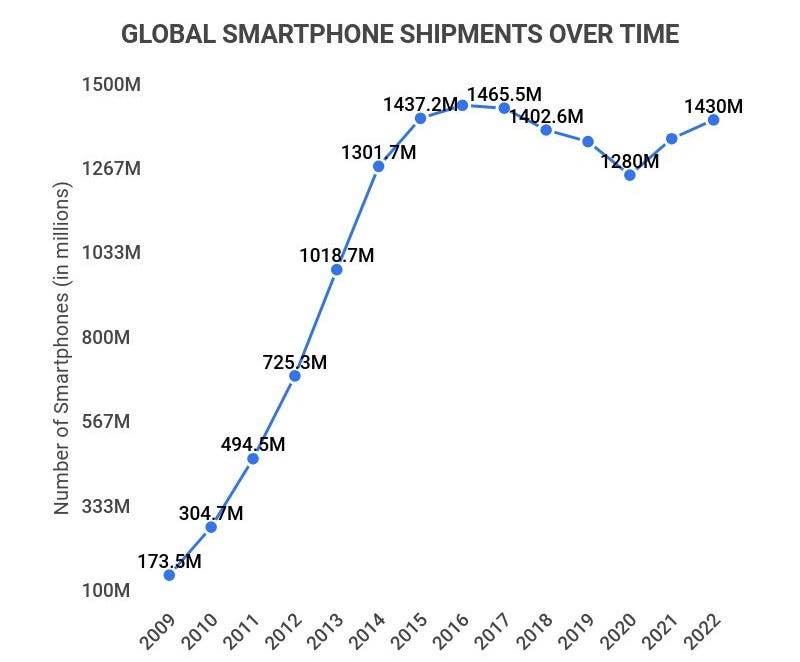From Basics to High-Tech
Unaware of its magnitude, we transitioned to high-tech excellence, realising its true significance at the turn of the century.
Welcome to Tech Tuesdays with NotJustProduct!
Every Tuesday, we bring you an in-depth exploration of a specific topic in the world of consumer tech, electronics, and gadgets.
So, let's dive right in and embark on this week's tech journey together!
When you think about the past, what is the first thing that comes to your mind?
Does your imagination transport you to a time of pharaohs, knights, and bustling markets?
In reality, a trip back to the 1990s reveals a world without smart gadgets, advanced technologies, or AI assistants, that are now indispensable.
So, let's see how technology has transformed our lives from the 90s to our present-day existence.
Technological Transformation

The 1990s witnessed remarkable technological transformations, as key modern technologies that are now integral to our lives were absent.
The absence of smartphones, AI assistants like Siri, and limited capabilities in PCs/laptops defined that era.
For example, in 1990, mobile phones were bulky and primarily used for voice calls, while today's smartphones are slim, multifunctional devices that allow us to communicate, access information, and perform various tasks on the go.
Reflecting on this absence serves as a powerful reminder of the incredible progress we've made, as technology has truly revolutionized and enhanced our lives beyond imagination.
The impact and evolution of technology in our daily life
Technology has seamlessly integrated into our lives, reshaping communication, entertainment, and work.
Smartphones revolutionized connectivity and access to information, while AI voice assistants streamlined tasks.
Computing devices like laptops and tablets are indispensable for productivity.
Communication has shifted to instant messaging and social media, entertainment has evolved with streaming and virtual reality, and work has become flexible and remote with collaborative tools and cloud computing.
Smartphone shipment over the last 12 years
Here are notable statistics showcasing the swift advancement of technology:
As of 2023, there are 4.95 billion internet users worldwide.
The number of mobile phone users globally stands at 7.33 billion.
By 2025, it is projected that there will be approximately 38.6 billion IoT-connected devices, such as smartwatches, and this number is expected to reach 50 billion by 2030.
The world hosts 1.35 million tech startups.
Internet usage among U.S. adults reaches an impressive 93%.
A staggering estimation indicates that 90% of the world's data has been collected in the past two years.
Benefits and challenges of the tech revolution
Technology has revolutionized our lives, offering convenience, improved communication, and increased efficiency.
From the simplicity of the 1990s to the present, it has transformed the way we accomplish tasks, stay connected with others globally, and streamline processes for greater productivity.
While technology brings numerous advantages, it also poses challenges.
Privacy concerns emerge as personal information becomes more accessible, and excessive screen time can adversely affect our well-being.
Comparing the technological landscape of the 1990s to the present, these challenges have become more prominent in our increasingly connected world.
Conclusion
The transition from basic to high-tech brought a realization of technology's significance.
In the 1990s, a world without smart gadgets, advanced technologies, and AI assistants was the reality.
Today technology has revolutionized communication, work, and entertainment, reflecting remarkable progress.
It continues to shape our lives, showcasing the immense impact of technology.
From the 90s to the present, technology's influence remains strong and ever-evolving.



